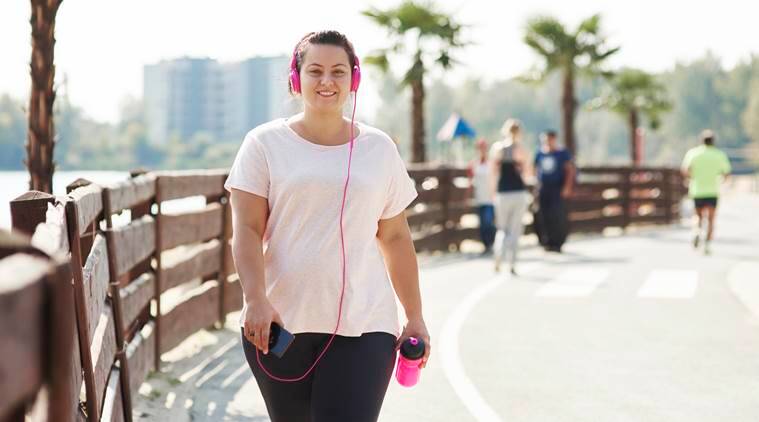Helps curb cravings
Walking produces an anxiolytic effect. A study carried out by the University of Exeter concludes that walking 15 minutes a day can relieve anxiety and curb the intake of sugary foods and processed products, which are harmful to health.
Strengthens bones and muscles
Walking strengthens not only your lower body muscles but also tones your upper body, especially your arms and abs.
Helps balance cholesterol
Walking and other physical activities can be more beneficial in controlling cholesterol than a drug. So much so that, according to a study published in the journal Arteriosclerosis, Thrombosis and Vascular Biology, this activity can reduce levels of ‘bad or LDL cholesterol by up to 7%, while brisk walking raises ‘good’ cholesterol or HDL.
Improves mood
In addition to keeping the brain agile and clearing the mind, a walk reduces stress and anxiety levels, releases endorphins, and causes a feeling of well-being and mental and emotional satisfaction.
Perfect for gaining more balance and body coordination
Another benefit of spending a few minutes a day walking is improving balance and coordination. Walking helps prevent falls, achieve more efficient movements, improve endurance, and reduce the risk of injury.
Improves sexual life
It is not a myth! Exercise is the best therapy to improve the quality of our relationships, in addition to helping us tone the pelvic floor, something essential to enjoy a satisfying sexual life.
Promotes sleep
When we are in motion, we secrete different hormones that increase body and mental relaxation. We forget about the daily worries that prevent us from resting peacefully. We significantly reduce the mental load that stress generates.
Suppose regular physical activity becomes a way to prevent and combat chronic degenerative diseases. In that case, the physical educator becomes a significant entity of change for society, called to direct those interested in participating in exercise programs, which can be as simple as walking, improving their quality of life (Ross, 1990).
A study in Alameda, California, with the participation of 6,928 adults, subjected to practicing some positive and preventive health measures, such as:
- Avoid smoking
- Keep body weight in control
- Moderate alcohol use
- Eat nutritious meals for breakfast
- Eat regularly
- Perform daily physical activities
It found that in individuals with average ages of 45 years who had adopted six or more positive health habits, such as those mentioned, their longevity, or average life span, increased by 11 years, unlike those who did not lead a healthy life. This same study showed that women had increased their longevity by an average of 7 years. (Taken from The Individual and Health).
This study does not propose a return to the past to remedy the ravages of modern life, nor does it propose the massive practice of manual labour with greater physical demands, what it does intend is to stimulate and motivate the practice of organized sports as an adequate alternative to the need for physical effort.
Therefore, it is about making the reader see the importance of an aerobic walking program. It is worth mentioning that aerobic exercise refers to a variety of exercises that stimulate heart and lung activity, for a sufficient time to produce beneficial changes in the body, as an example of these we can cite: walking, jogging, cycling, swimming, rowing, Swiss jumping, stair climbing, aerobic dance, etc.
With the walk, you can reach new physical levels and personal well-being; in fact, many national and international educational institutions have adopted aerobic exercises as physical education programs, allowing people to take precautions with their lives.
In this regard, Iguinea (1992) tells us: We have to make an internal commitment to improving our lives; change is good. To begin with, you should do very little (so as not to have the excuse that you could not do it), for example, walking or marching for 15 minutes in the house hall, listening to your favourite music while the food is being cooked. After the initial process is over, it can be increased to 60 minutes a day 4 or 5 times a week, increasing it moderately and progressively making the exercise varied and pleasant.
